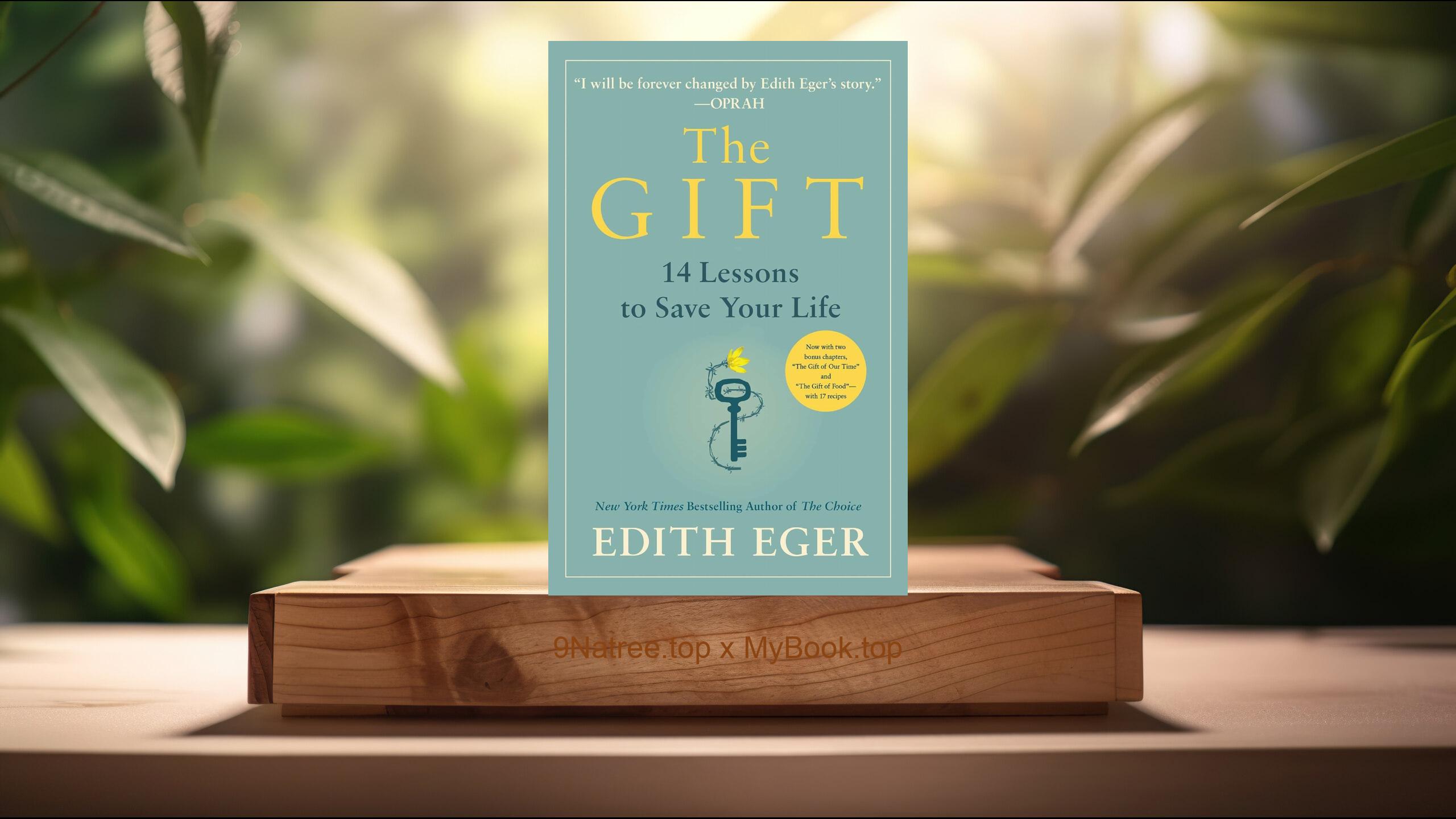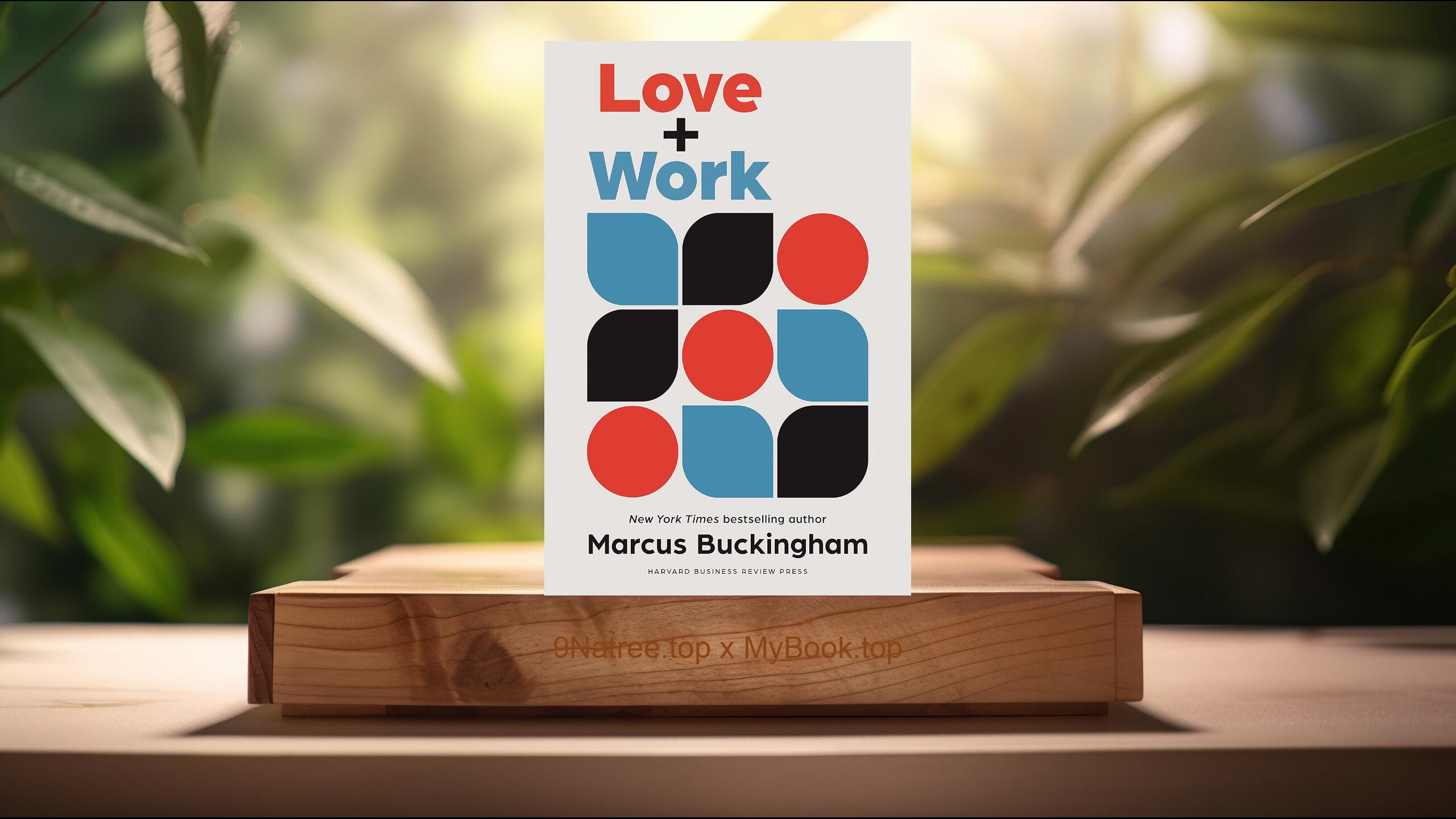Show Notes
- Amazon USA Store: https://www.amazon.com/dp/B00IBZ405W?tag=9natree-20
- Amazon Worldwide Store: https://global.buys.trade/Fluent-Forever-%3A-How-to-Learn-Any-Language-Fast-and-Never-Forget-It-Gabriel-Wyner.html
- Apple Books: https://books.apple.com/us/audiobook/fluent-forever-revised-edition-how-to-learn-any-language/id1777444393?itsct=books_box_link&itscg=30200&ls=1&at=1001l3bAw&ct=9natree
- eBay: https://www.ebay.com/sch/i.html?_nkw=Fluent+Forever+How+to+Learn+Any+Language+Fast+and+Never+Forget+It+Gabriel+Wyner+&mkcid=1&mkrid=711-53200-19255-0&siteid=0&campid=5339060787&customid=9natree&toolid=10001&mkevt=1
- Read more: https://mybook.top/read/B00IBZ405W/
#languagelearning #spacedrepetition #pronunciationtraining #minimalpairs #mnemonics #FluentForever
These are takeaways from this book.
Firstly, Train your ears first with pronunciation and minimal pairs, Wyner begins where most courses do not: sound. You build an accurate sound map of the language so your brain can hear the differences that natives hear. The method uses the International Phonetic Alphabet to clarify mouth positions, voicing, and stress, then drills minimal pairs to sharpen perception. You learn to link each sound to a distinct feel in the mouth and a distinct symbol, which prevents fossilized mistakes and gives you a cleaner accent. Practical steps include recording yourself, comparing waveforms, slowing audio, and cycling between listening and mimicry until you can both perceive and produce contrasts reliably. This foundation pays off everywhere: spelling becomes more predictable, new words stick faster, and listening comprehension climbs earlier. By solving the hearing problem first, you avoid relearning later, and every minute of study compounds because the sounds you store are accurate, not fuzzy approximations.
Secondly, Build image based, personalized spaced repetition flashcards, Memory thrives on meaning, emotion, and retrieval practice. The book teaches you to create lean flashcards that trigger recall without translations. Use pictures, short stories, and personal associations so each card feels alive. For vocabulary, build one concept per card, attach a clear image, and add a simple example sentence. For spelling and sound, create cards that map audio to spelling and spelling to audio. For grammar, use cloze deletion so you recall the missing piece from a real sentence. Spaced repetition handles the scheduling, pushing difficult items more often and mastered items less often. Limit daily new cards to keep sessions short and maintain a high success rate. Tag cards by theme and skill, prune weak material, and keep reviews sacred in your routine. The result is a growing, personalized memory palace that yields rapid recall, minimal forgetting, and steady confidence in both comprehension and speaking.
Thirdly, Choose the right words with frequency lists and a 625 word core, Progress accelerates when you learn the words you will meet most. Wyner recommends starting with a core set of concrete, high frequency words around 625 that cover everyday life and can be pictured easily. You then expand into verbs, connectors, and phrases that unlock real conversations. Frequency lists guide selection so your effort lands on useful vocabulary rather than trivia. Each new word gets an image based card and, when possible, a sentence drawn from native content or learner friendly sources. As you gain confidence, you transition toward monolingual definitions and simple native explanations to reduce dependence on your base language. Organize by topics like food, travel, and feelings, and create mini phrase sets to express needs and opinions quickly. This approach compounds: common words appear everywhere, so you reinforce them constantly in listening and reading, which in turn speeds up learning the next layer of language.
Fourthly, Learn grammar as patterns from real sentences, Instead of memorizing rule lists and tables, you absorb grammar through patterns that appear in meaningful sentences. Start with short, clear examples and highlight only one new feature per sentence. Use cloze deletion to hide the target piece so you practice producing it in context. Over time, similar sentences reveal the underlying rule without heavy theory. When brief explanations are needed, add a short note to your card, then return to practice. Chunk phrases whole, such as common collocations and sentence frames, so you can speak fluidly without assembling every word from scratch. Conjugations and cases are learned through optimized examples that show contrasts, not by drilling entire paradigms at once. This inductive path keeps motivation high, reduces overload, and yields grammar that you can actually use in conversation. You end up with intuition built on examples, which is how native speakers operate in real time.
Lastly, Design habits and immersion that fit real life, The method works because it fits into small, repeatable daily actions. Commit to short review sessions for spaced repetition, a brief pronunciation warmup a few times per week, and contact with native content every day, even if only for a few minutes. Use listening loops while commuting, read graded material or subtitles that match your level, and speak early with tutors or language partners to convert knowledge into skill. Track streaks, set micro goals, and plan review buffers to handle busy days. When fatigue hits, reduce scope, not frequency, to protect momentum. Bring the language into your environment by labeling objects, swapping phone settings, and curating a media diet you enjoy. Seek feedback and record progress clips to see improvement. By engineering a lifestyle of light but consistent exposure, you transform isolated study into immersion that compounds, making plateaus shorter and breakthroughs more frequent.
![[Review] Fluent Forever : How to Learn Any Language Fast and Never Forget It (Gabriel Wyner) Summarized](https://episodes.castos.com/660078c6833215-59505987/images/2203140/c1a-085k3-rkpk1r1qfvk2-r3dty5.jpg)




